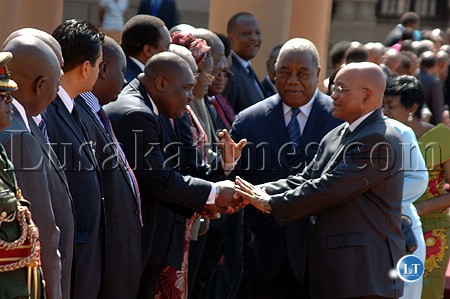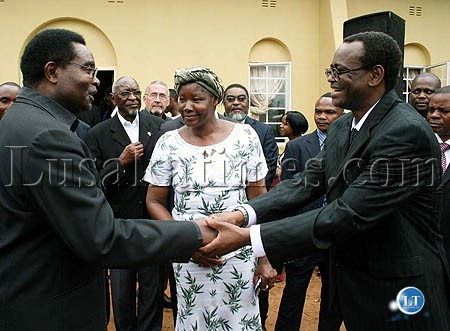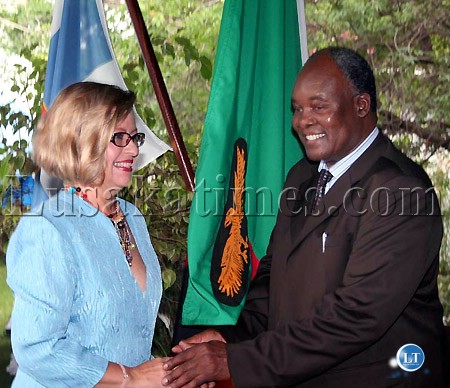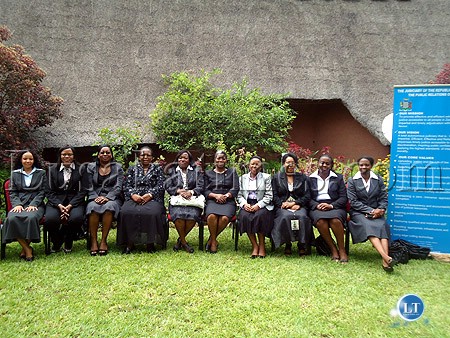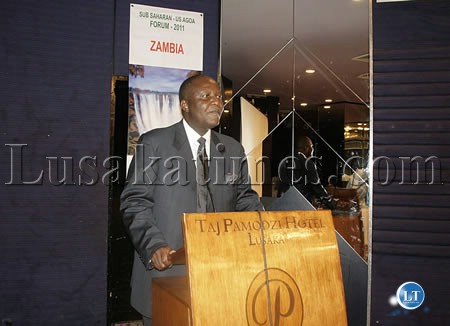
Out-going Head of Delegation of the European Union (EU) in Zambia, Derek Fee has said Zambia has recorded enormous economic strides during his four- year stint as EU head of delegation in the country.
And Dr Fee has also said that Zambia under the leadership of President Rupiah Banda had attracted more foreign direct Investment (FDI) as a result of sound economic policies on investment.
Dr. Fee who has been in the country as EU head of delegation since 2006 said the country had recorded significant progress in sectors such as infrastructure, Trade and Industry, mining and tourism.
He said the growth of the infrastructure industry and other sectors had seen a number of jobs being created for Zambians hence reducing poverty among citizens.
Dr. Fee said in an interview with ZANIS in Lusaka yesterday that Zambia had the potential to become a middle income country by 2015, if only good policies were put in place and implemented.
On the political scene in the country, the outgoing EU representative commended Zambia for maintaining political calmness despite internal political differences among politicians.
He said Zambia had demonstrated political maturity judging by the manner in which it had addressed its political differences.
Meanwhile, Dr Fee urged Zambia to prudently utilise the financial support being rendered to the country by donors.
He said proper utilisation of donor funds was key to building capacities in developing countries such as Zambia as well as building donor confidence.
Dr. Fee who has since retired is expected to leave the country on December 22nd and would be replaced by Gilles Hervio from France who is currently EU head of delegation in Senegal.
ZANIS






